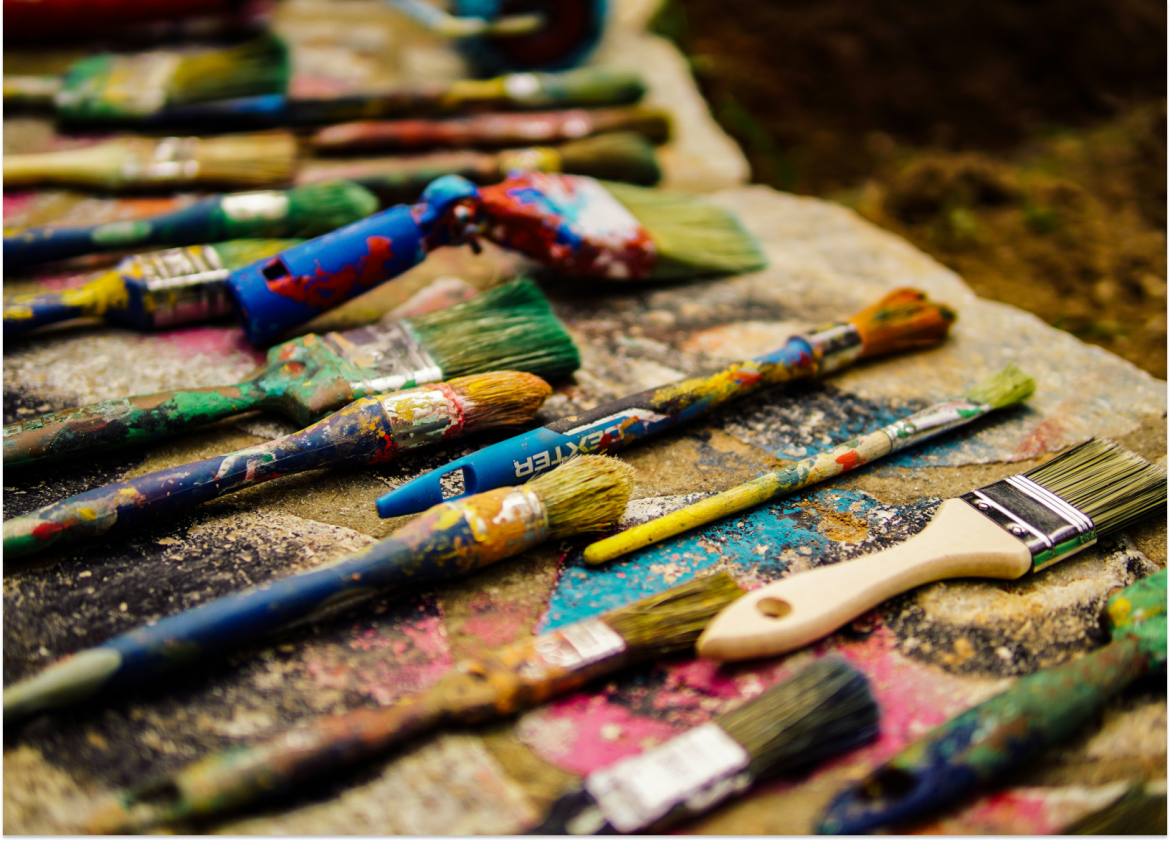Contemporary art is a dynamic and ever-evolving field that embraces experimentation, innovation, and exploration of new ideas and concepts. In recent years, artists have increasingly turned to experimental approaches to push the boundaries of artistic practice, challenge conventional norms, and provoke thought and reflection among viewers. From avant-garde installations to provocative performances and countercultural movements, experimental art projects are reshaping the landscape of contemporary art and pushing the boundaries of what is considered art. In this article, we’ll explore some of the key experimental approaches in contemporary art, from art projects and provocative ideas to countercultural movements that challenge the status quo.
Avant-Garde Installations
Avant-garde installations are immersive and interactive artworks that transform physical spaces and engage viewers in new and unexpected ways. These installations often incorporate a wide range of media, materials, and techniques, from sculpture and video projection to sound and light installations. Avant-garde installations challenge traditional notions of art and spectatorship, inviting viewers to explore, interact with, and experience the artwork on a visceral and sensory level. These installations may address a wide range of themes and concepts, from social and political issues to personal and existential concerns, and they often provoke thought, reflection, and emotional response from viewers.
Provocative Performance Art
Performance art is a form of artistic expression that blurs the boundaries between art and life, often incorporating elements of theater, dance, and visual art. Provocative performance art pushes the boundaries of acceptable behavior and challenges societal norms and conventions. These performances may address taboo subjects such as sexuality, identity, and violence, or they may confront viewers with uncomfortable truths about society and the human condition. Provocative performance art seeks to provoke thought, stimulate dialogue, and challenge viewers to confront their own beliefs and prejudices.





